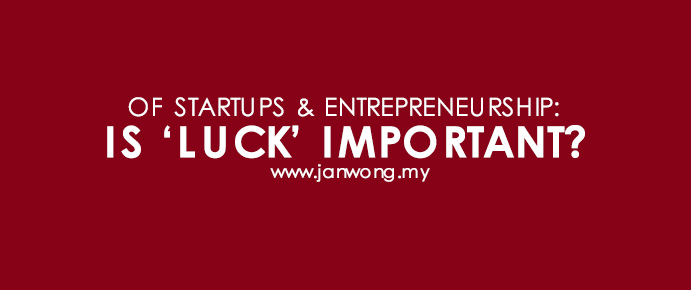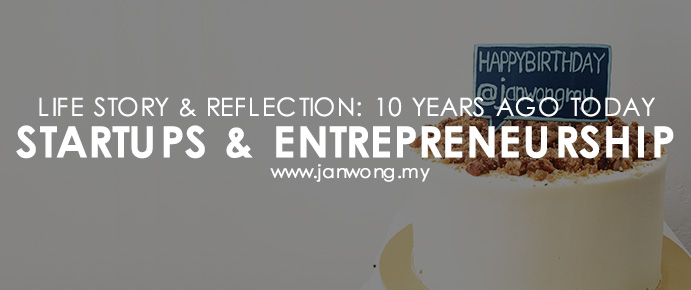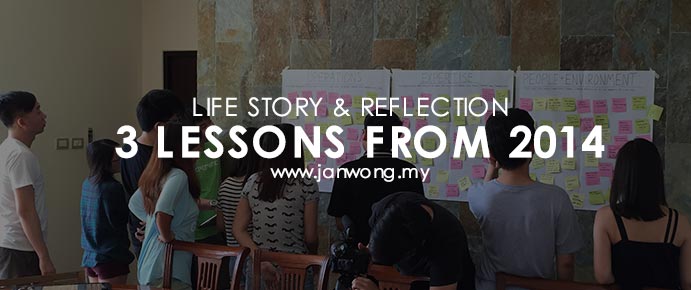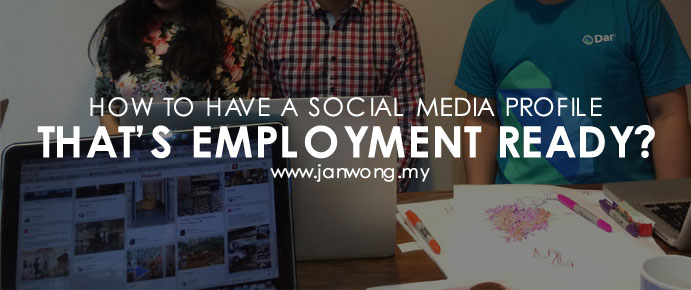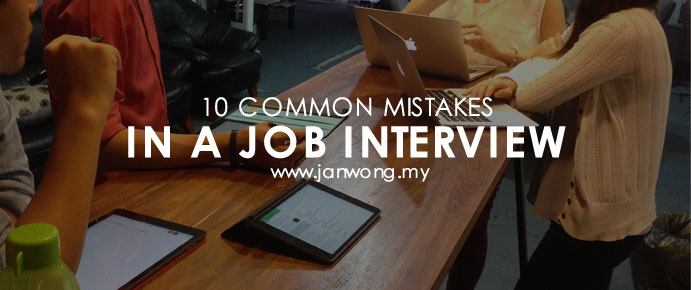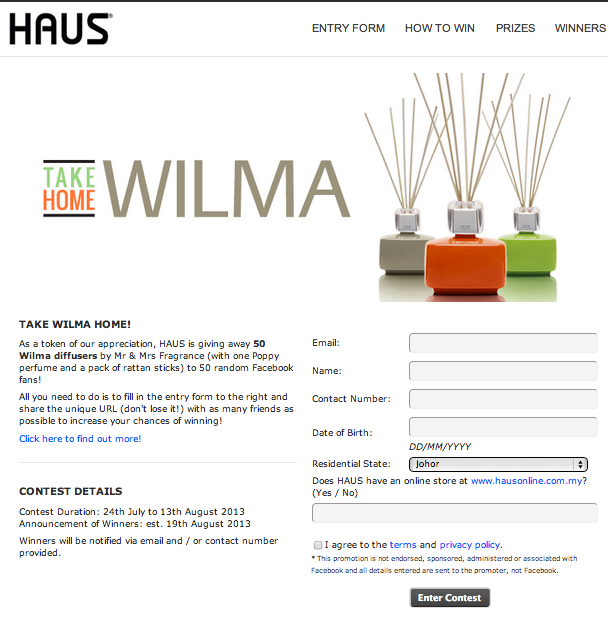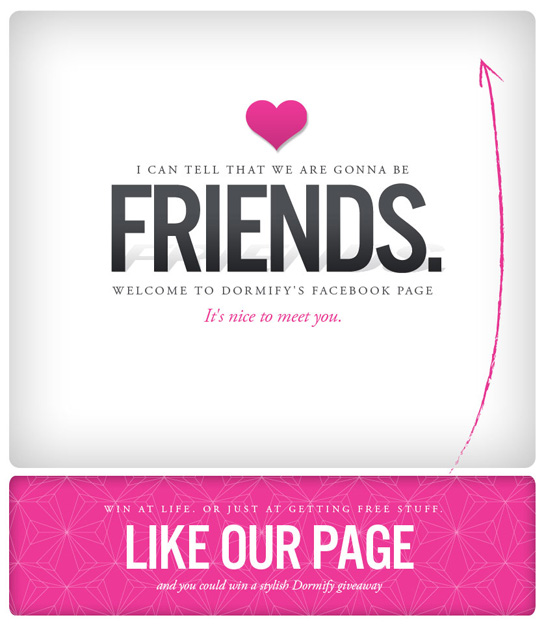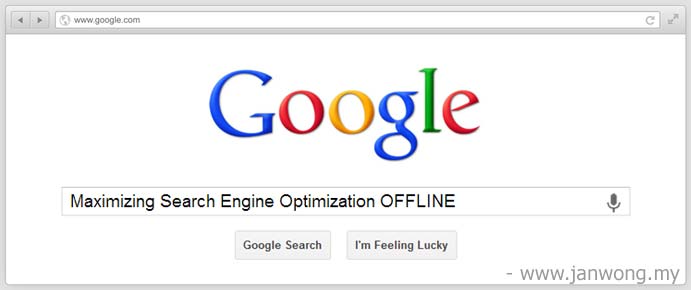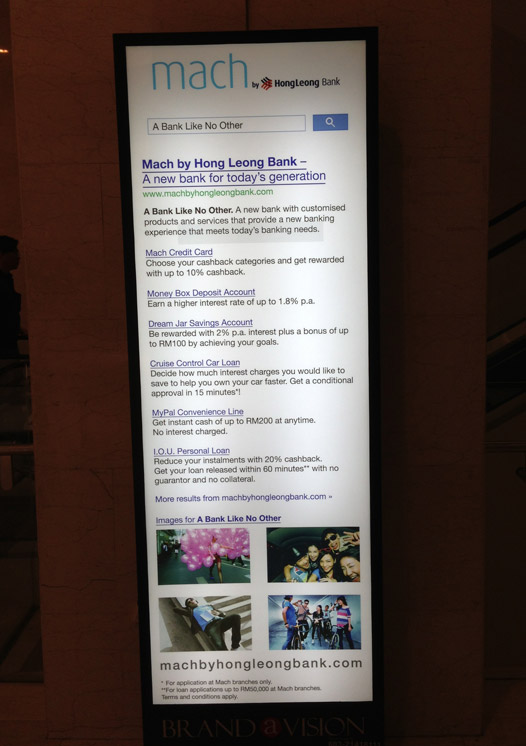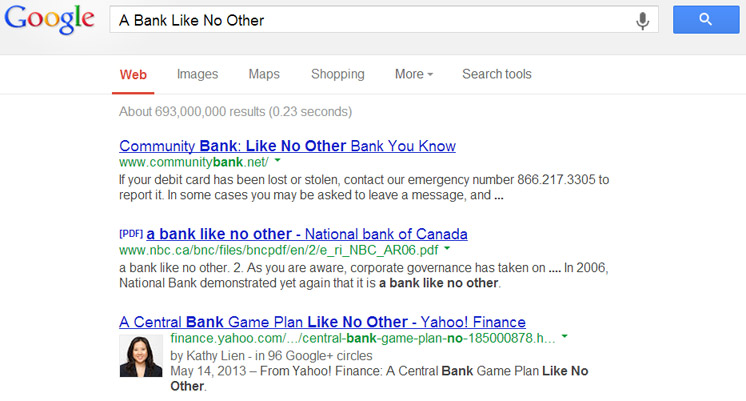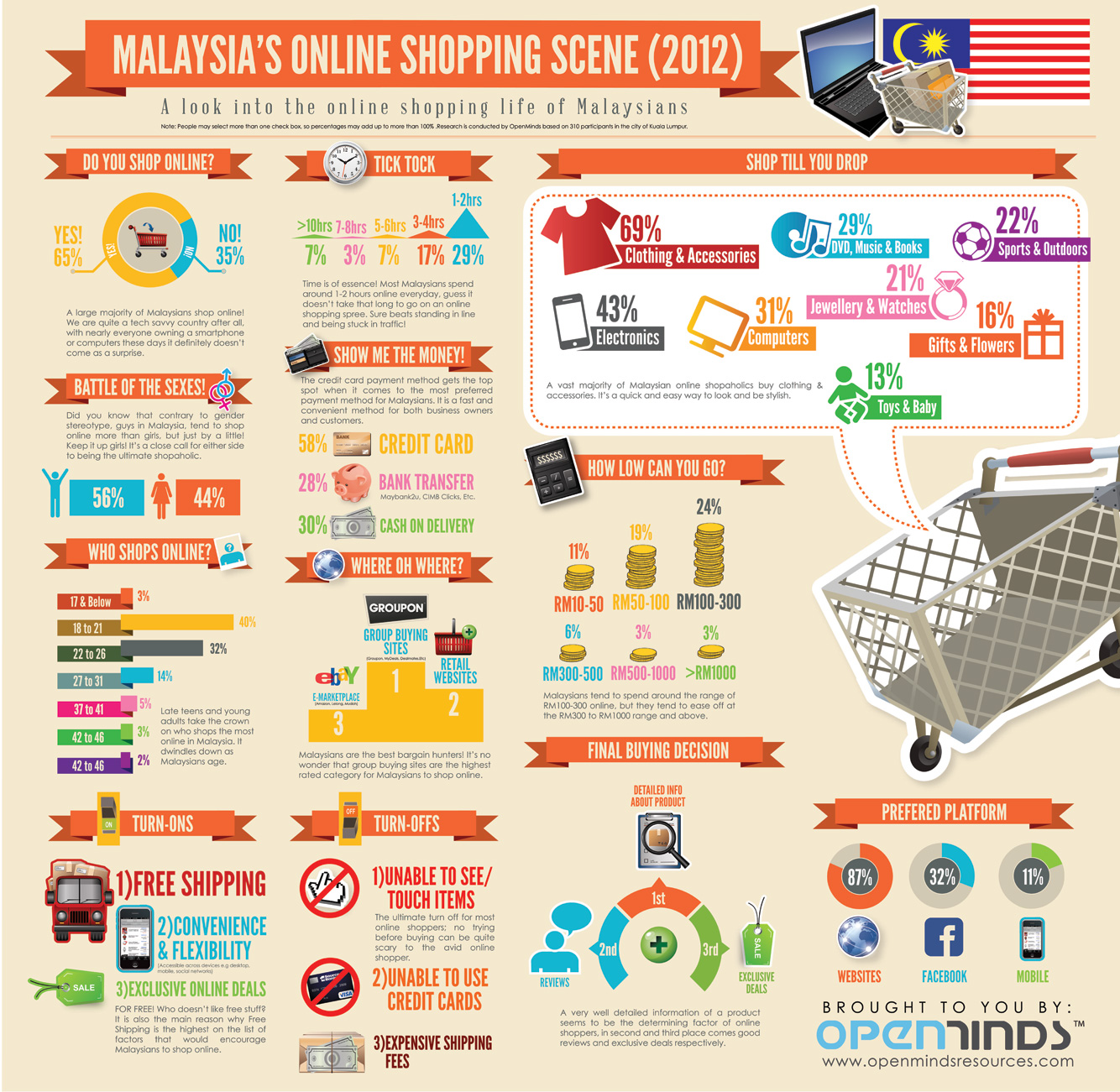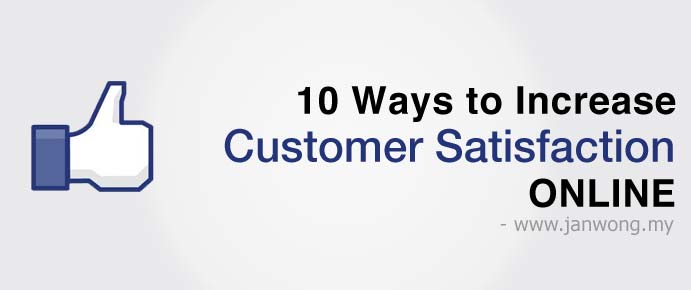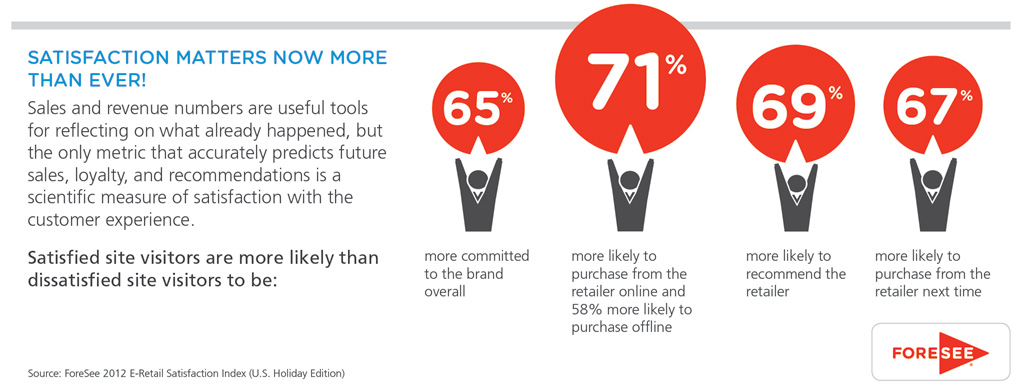The past few weeks has been a gruelling yet exciting one for me. One of my ventures, OpenMinds went through a time where we needed to expand our workforce to cater to the exciting (and growing) demands of our clients.
Being myself, I take pride in every team member added to the OpenMinds family. I take time to ensure that I meet every candidate that passes through our door to see if they are a right fit. Sad to say more often than not, it has been a disappointment.
Don’t get me wrong now. I’m not saying that they are not qualified for the job. In fact, all of them are. But many candidates tend to slip up on the basics and here are 10 common mistakes at a job interview.
#1: Weak Handshake
You would think that this is a given but let me tell you this: only 3 out of 10 candidates I’ve met was able to give me a good, firm handshake AND looking at me in the eye. A weak handshake without eye contact is a no-no for me.
Why is this important: it shows that you’re confident.
#2: Too long (or short) Resumes
Your resume makes the first impression long before you even step in the door. Having a 5 page resume as a fresh grad does not necessarily make you look good. Instead, you may have too much fluff going in there that’s not bringing you any value at all.
Sure, it’s great knowing what you’ve done during your high school days but will it help you land the job? Probably not. On the flip side, having a seemingly empty resume also mean that you’ve done nothing which isn’t any good too.
Why is this important: most companies only spend about 30 seconds (some say less) on your resume and that determines whether you’ve got what it takes for the job.
#3: Templated Applications
Always adapt your cover letter or career objectives to the company you’re applying to. Having a one size fit all strategy not only shows that you’re lazy but also insincere. Even worse, don’t just copy and paste words that don’t fit you.
There was one candidate that has a well written career objective that caught my eye. However she couldn’t even decipher what it meant!
Why is this important: it is a clear indication that you don’t care enough for the job.
#4: Weak Introductions
Knowing how to introduce yourself in a clear and concise manner wins you lots of points. And no, don’t repeat what’s in your resume. I cringe when a candidate merely tells me what’s on the resume. You should know that I’ve read your resume prior and I’m interested to hear from you so tell me more about yourself.
Tell me how you can fit within the company, why you’re the best fit, how your past experiences can benefit us, your goals, your future plans, your strengths and even your weaknesses!
Why is it important: It shows that you’re passionate, serious about what you want to achieve and most importantly, you’ve got a clear idea of who you are yourself.
#5: Not Enough Research
Now now, I’m not even going into talking about stepping into an interview without understanding what the company does because you should know that that’s a grave mistake. You do know, right?
I’m talking about basic research, for example, where the company is located and what does the job entails. I’ve seen candidates pulling out from scheduled interviews simply because “it’s too far away” but hey, didn’t you first applied in the first place?
Why is it important: It’s your first chance to prove that you not only know the company and industry well, but is also passionate enough to look things up. After all, information can easily be googled these days.
#6: You’re Invisible Online
In today’s age and time, your social media profiles are a great source of information for companies to get to know you better and trust me, most companies do look you up on your social profiles before even meeting you. Keeping your profiles private isn’t the way to go either.
It gives out the vibe of you hiding something from prying eyes (even though if you aren’t). Yes, privacy on social media is important so if you are not comfortable with people viewing your full profile, always have an alternative channel where people can look you up – twitter, linkedin, blog, etc.
Why is it important: Companies are keen to know you better – on a personal level. To see how you interact with others, what you do on your free time and yes, what kind of a lifestyle you live. Hiding your profile simply shouts “I don’t want you to know me” which isn’t the right vibe you should be giving.
#7: Not Asking Questions
This. I. Can’t. Take. Are you absolutely sure that you have no questions after the interview? Most candidates say “Nope, I’m good”. That statement basically washes every good perception you’ve gained from the beginning, simply because it shows that you’re either not analytical enough, indifferent about the job or plain lazy.
Don’t you want to know more about the company? From how they function to the day-to-day operations, from working hours to attire, from salary to fringe benefits, and even when will the company get back to you with a result?
Why is it important: This shows the inquisitive side of you which is an important trait for most companies. We want people that can ask the right questions and not wait for it to be spoon fed to you.
#8: Not following up
Not just about saying thank you but also to show your understanding towards the matters discussed. Were there any highlights? What were the key take aways? A good follow up can potentially change the course of your application. I for one, have a big thing for follow ups. I would take the effort to look up on the candidate again just as how he / she took the effort to follow up.
Why is it important: it shows that you are attentive and is interested enough for the job.
#9: Talking Too Much / Waffling
Companies are looking for someone that is articulate. Someone that is able to communicate effectively without beating around the bush. While it’s great to demonstrate your understanding to the questions by reiterating them through paraphrases, taking too long to get to your answers will be a bore and a pain to listen.
Why is it important: You are not the only candidate on the list. If you are not able to capture the attention of your interviewers and worse, boring them off, you’re in trouble. Speak audibly, clearly and straight to the point!
#10: Not Preparing a Portfolio
This may not apply to some industries but I always believe that it is good to showcase some of your past work. Many candidates come unprepared and display a puzzled face when asked for their portfolio.
Sure, your certificates are great but what did you actually do? Are there copies of your written research, your best presentation slides, a demo of website you created, a copy you’ve written for a an assignment, a piece of article you’ve written, photographs you’ve took… anything! Showcase your best efforts, and make sure you are ready to present them.
Why is it important: Action speaks louder than words. It also actively demonstrates your presentation skills which is a plus point for many people-facing industries.
Have you done any of the above? If so, it’s time to change that for your next interview!
